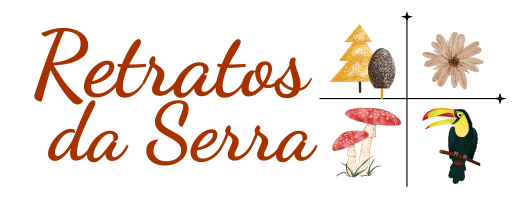After the beginning of the month with a cyclone and very high volumes of rain (September/2023), we found an abundance of Auricularias in the forest. We had never seen such large groups, and with such large specimens too. So beautiful!
At first I thought they were of the species Auricularia polytricha (I saw that the name Auricularia cornea is synonymous) and some lighter ones I thought could be Auricularia fuscosuccinea. However, I posted on iNaturalist and they were all identified as Auricularia fuscosuccinea. They are very similar species, personally I don’t know how to tell them apart, but both are edible so I don’t end up worrying too much, lol.

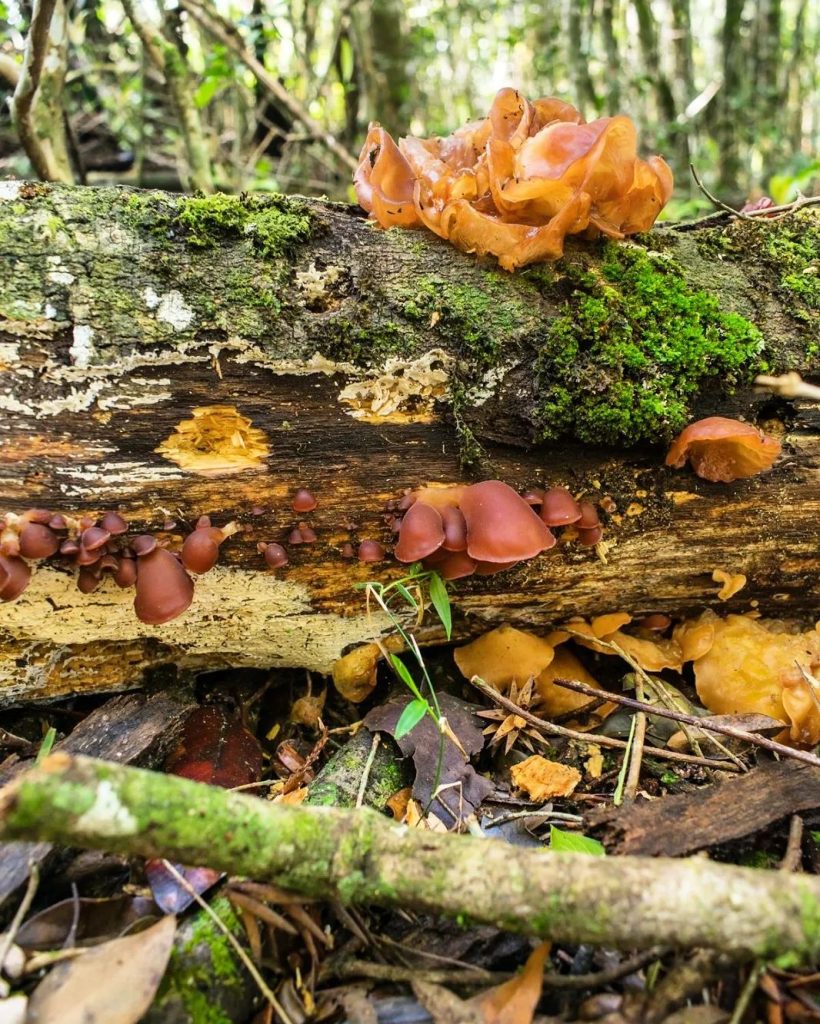
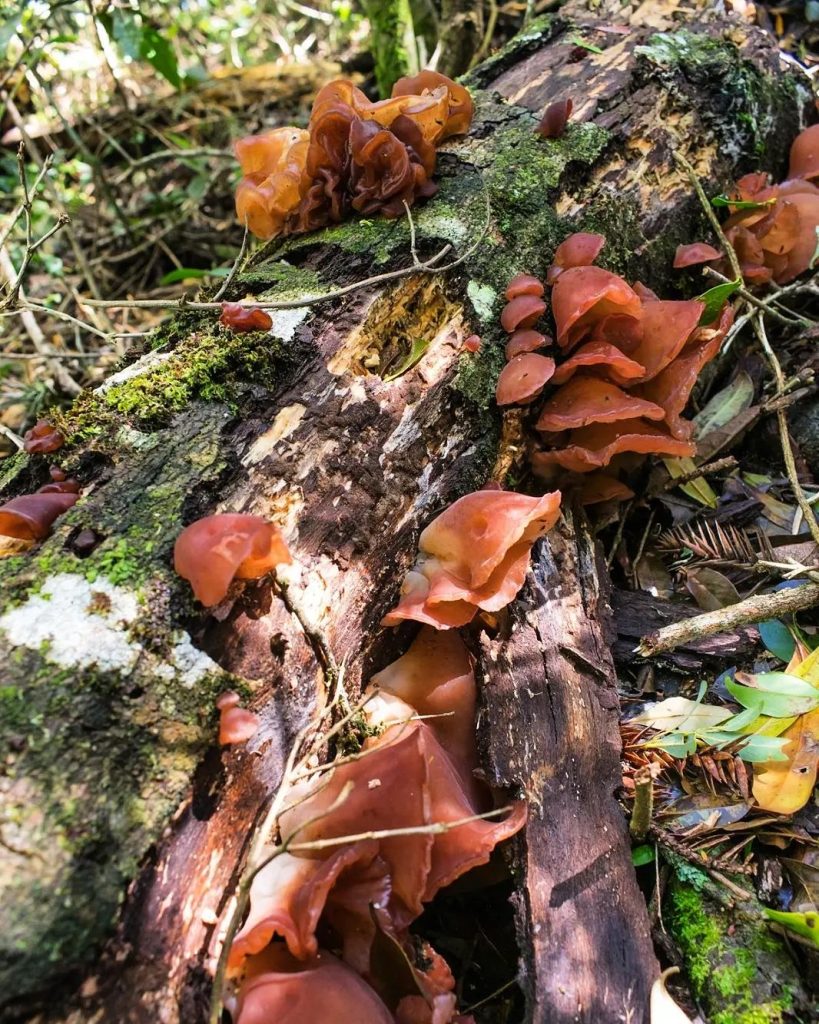
These species are very easy to identify and almost impossible to confuse with other genera and species that can be toxic, so they are interesting wild mushrooms for beginners to forage and taste.
They usually grow in the Spring and Summer here. They are also known as “Jewish ear” or “Judas ear” in Portuguese, and as Jelly ear, Jew’s ear or Wood ear in English, among several other popular names.
And it is easy to see why they have these names, they really do not only look like ears but also have a texture that feels like cartilage. They are edible and also considered medicinal, some species in this genus are traditionally widely consumed (and cultivated) in China and other Asian countries.
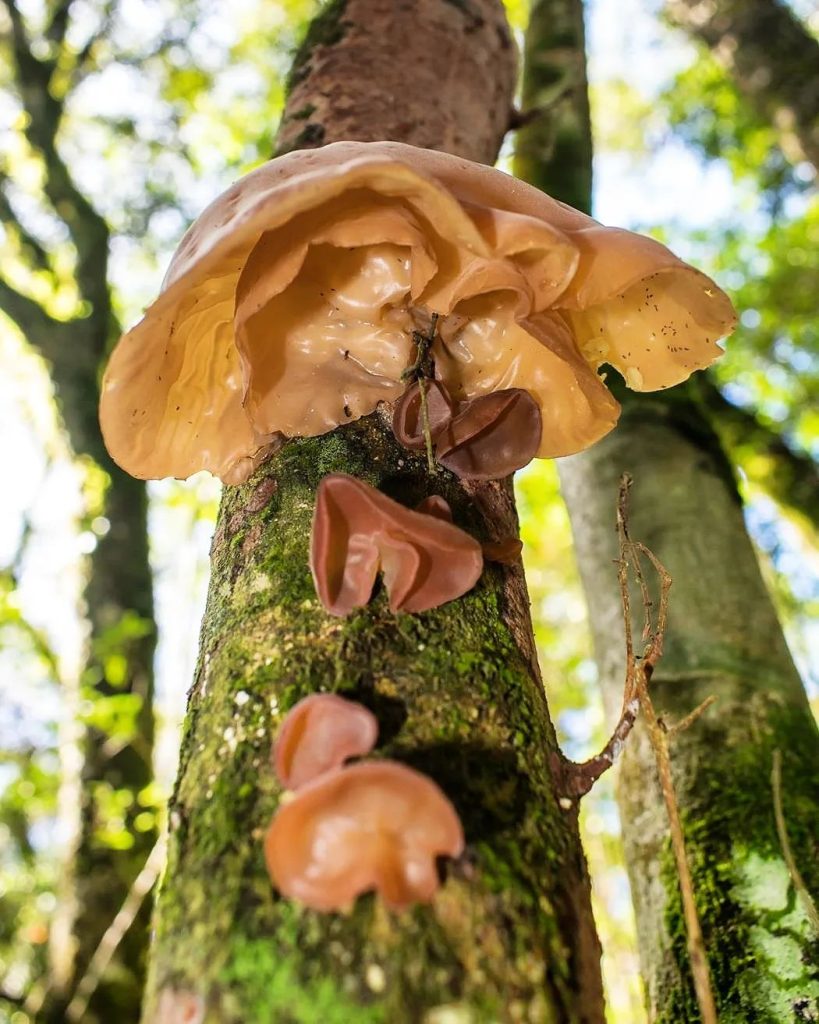
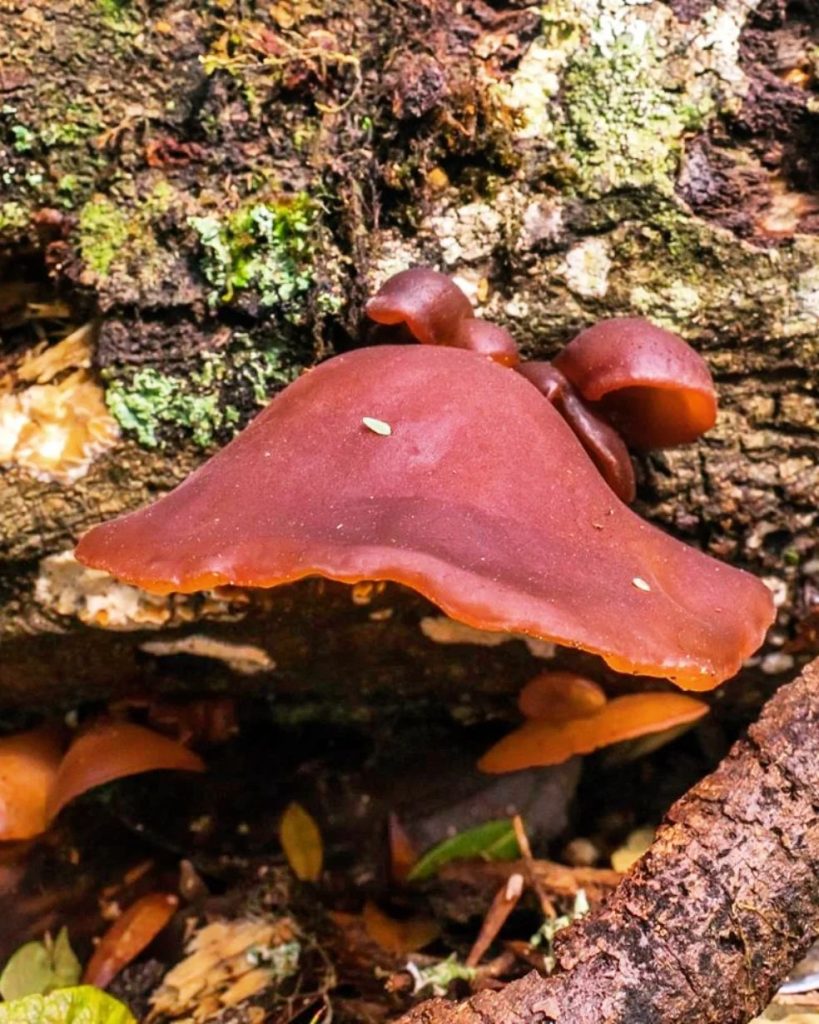
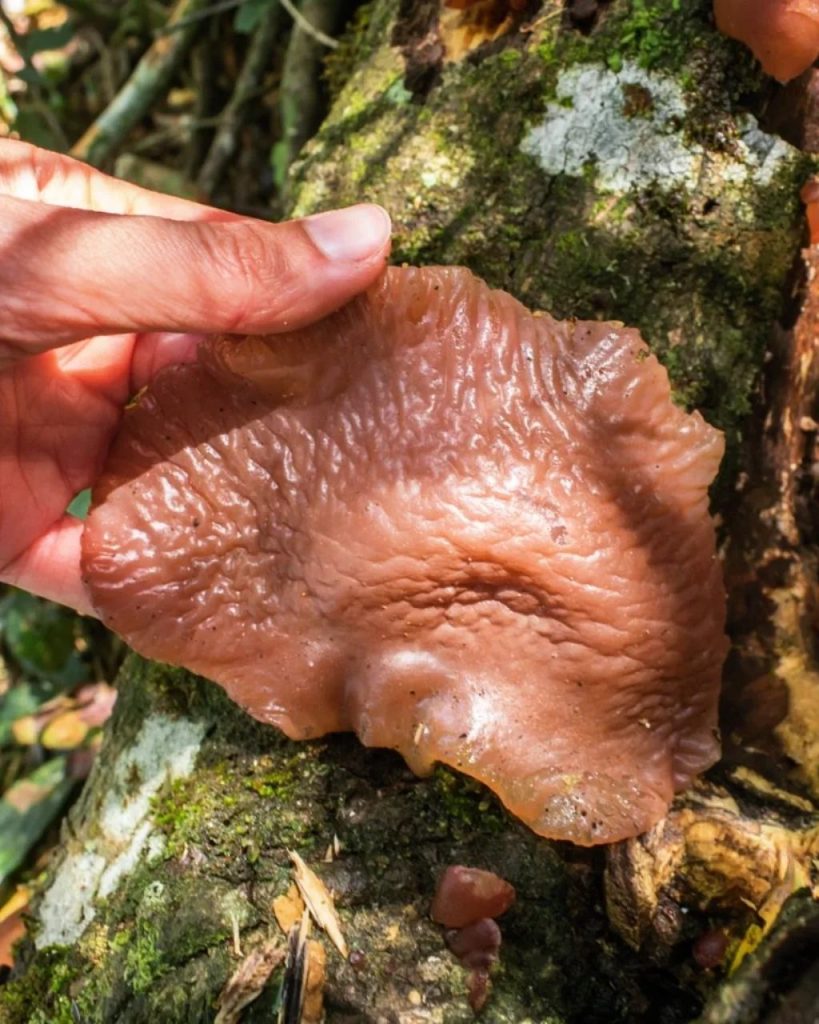
However, they don’t really have any flavor at all, lol. They are usually added to soups and sauces, and are most appreciated for their texture (which is quite strange for those who are not used to it!).
It’s been a while since we ate this macrofungi. It’s not our favorite, but it has a lot of nutrients and it’s always good to eat different things – not to mention the pleasure of being able to find and forage these specimens in the forest!
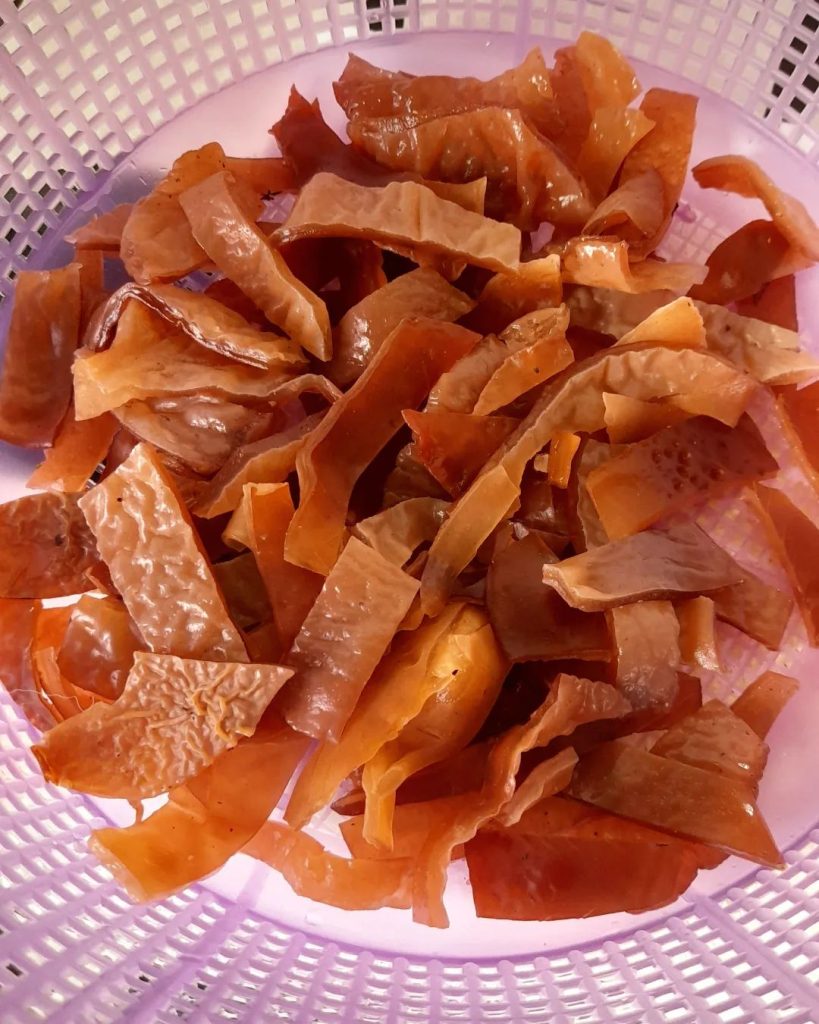

There’s no mystery to how to prepare them, you can play around and come up with other variations, but we usually clean and slice them – they are some of the few fungi you can easily wash and they will not lose their texture -, let them boil for about 3 minutes, and then sauté them in a little oil for a few more minutes, seasoning with salt, black pepper, and nutmeg, sometimes adding oregano, soy sauce, or some other seasoning.
In the photos above it was a meal where we ate them with just rice and salad, the basics, since we didn’t have the energy or time to make anything more elaborate, lol. In the end, they just absorb the flavor of the seasoning of choice. Half of what we had harvested was still left over and so the next day I added it to a soup. They add an interesting texture to any recipe.
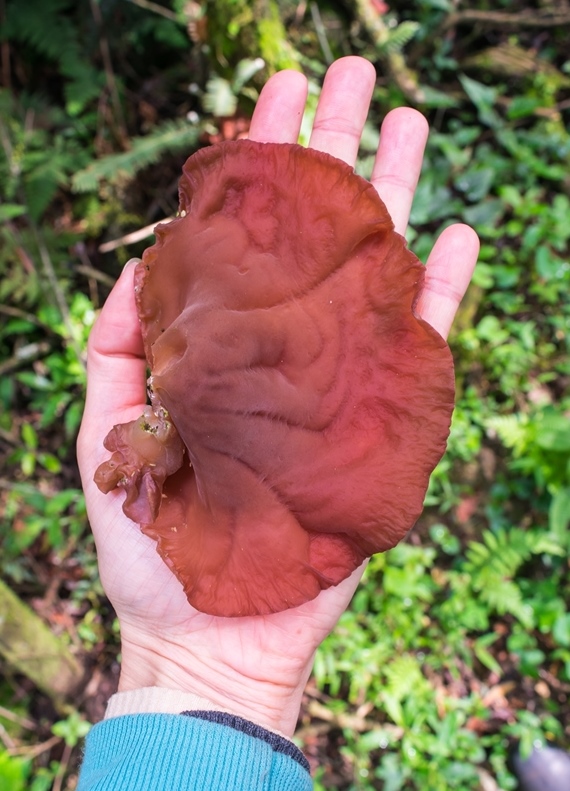
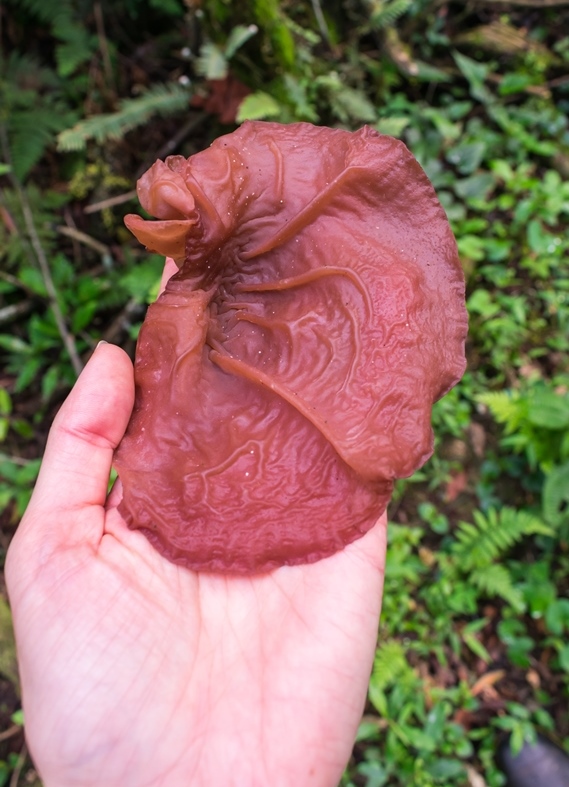
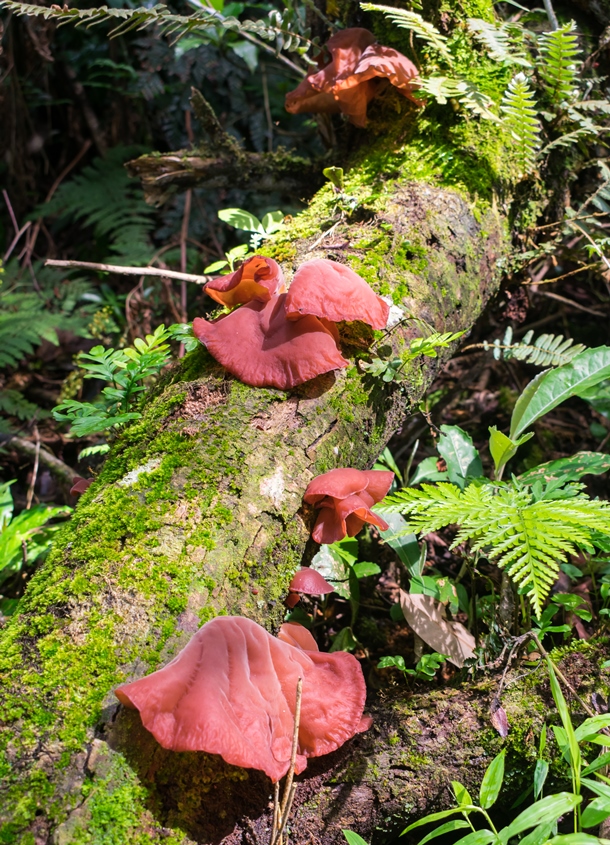
Update: In early Spring 2024, we started to find many of them again. In this area that we frequently go hiking we now see that they are present in abundance. We even started to enjoy more their consistency and slight crunchiness after sautéing. To preserve them, we dehydrate them, and afterwards they are easy to rehydrate and sauté, or to add directly to soups or beans. These are the recipes that we make most with them lately.
📸 Pictures made in São Francisco de Paula, Rio Grande do Sul (Serra Gaúcha, South of Brazil).
⚠ Remember to never eat wild mushrooms without proper identification.
